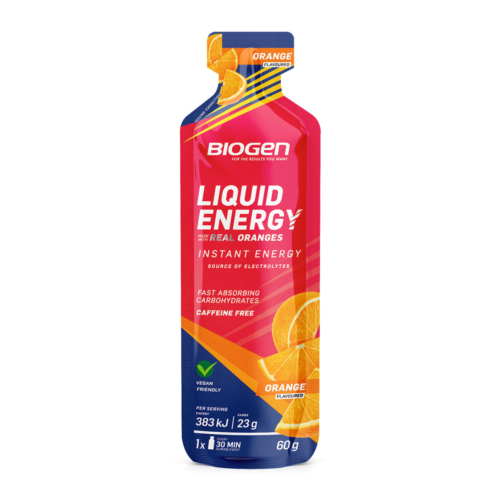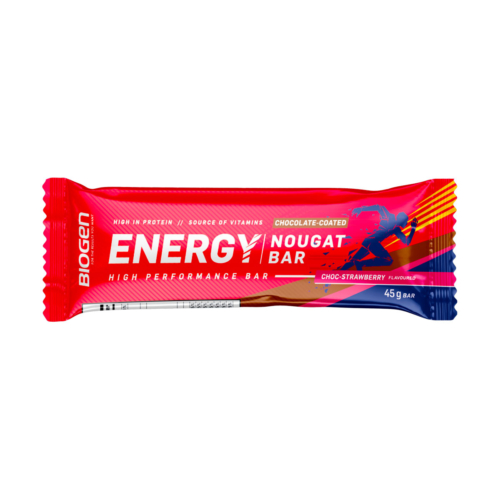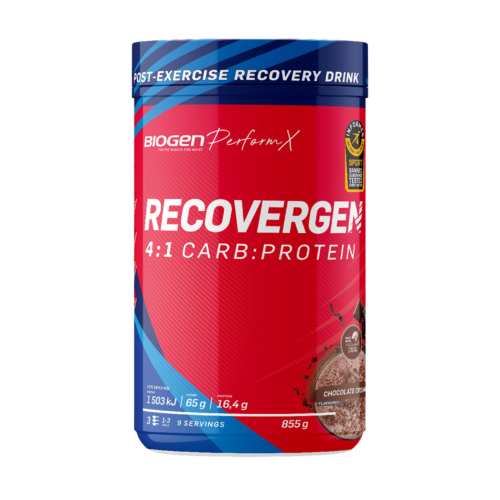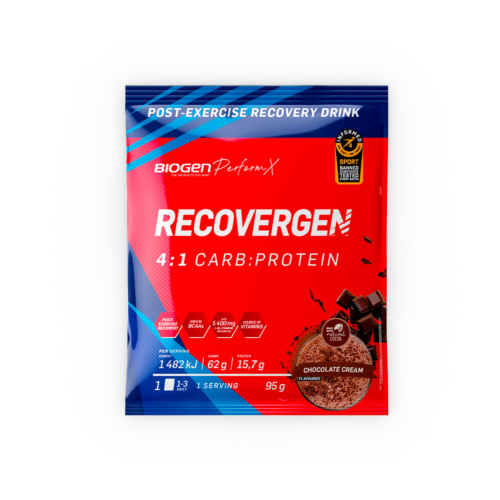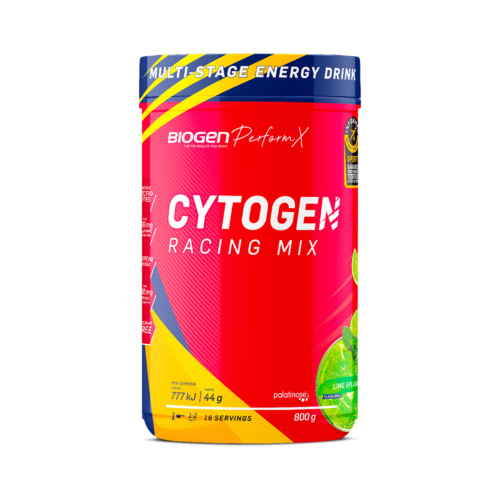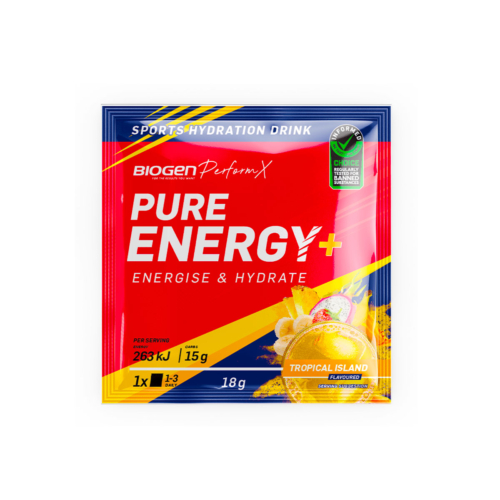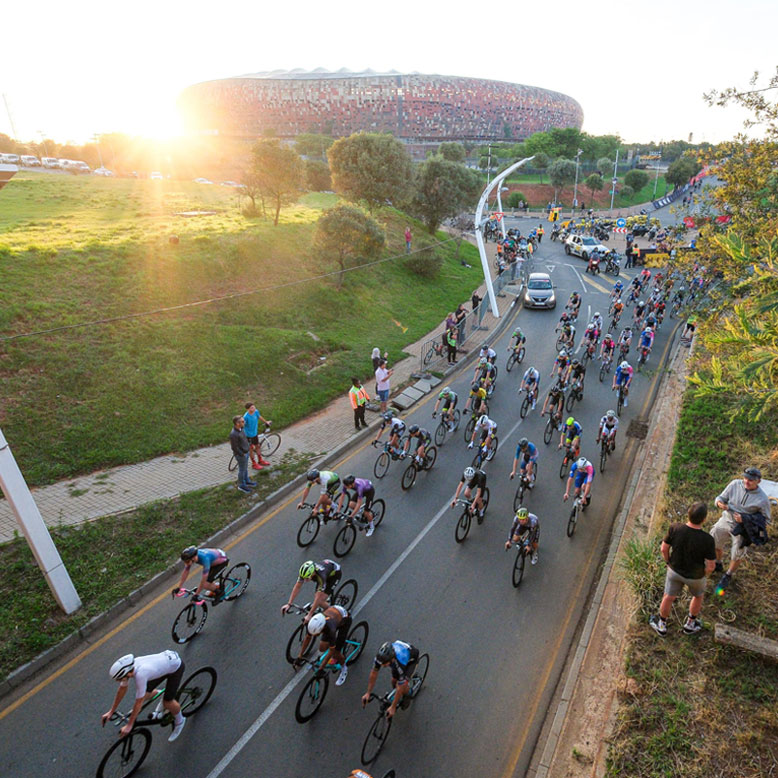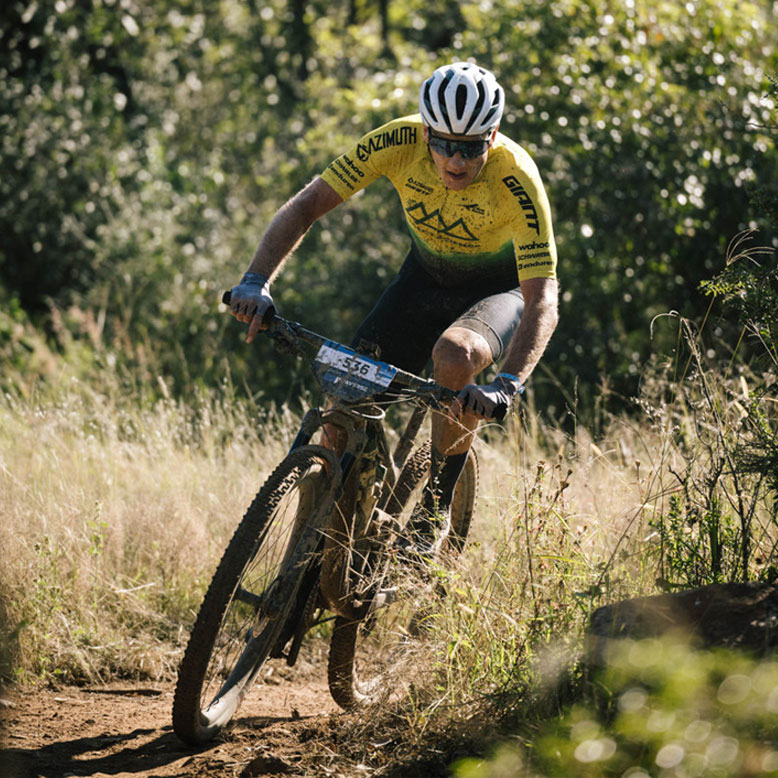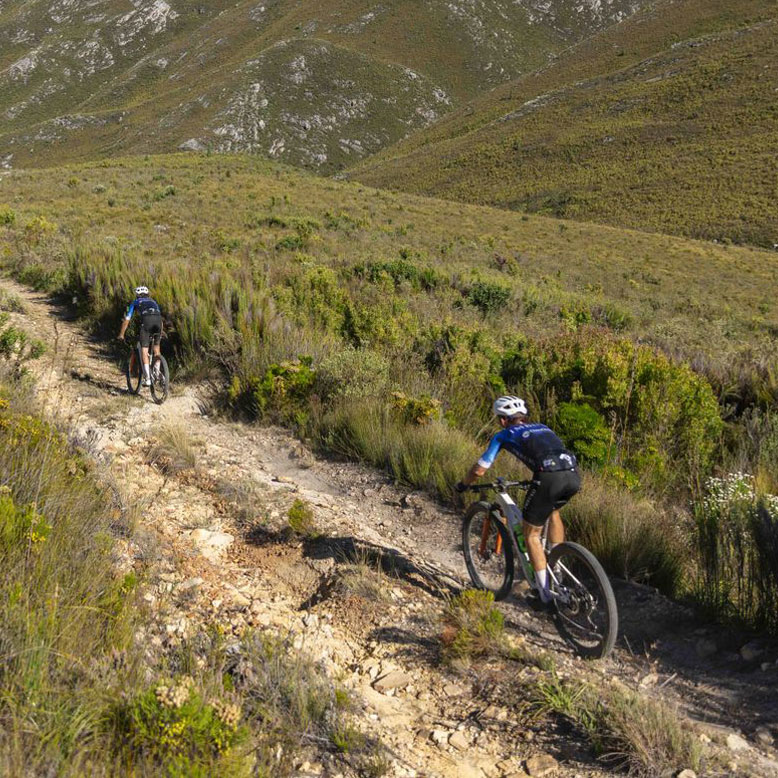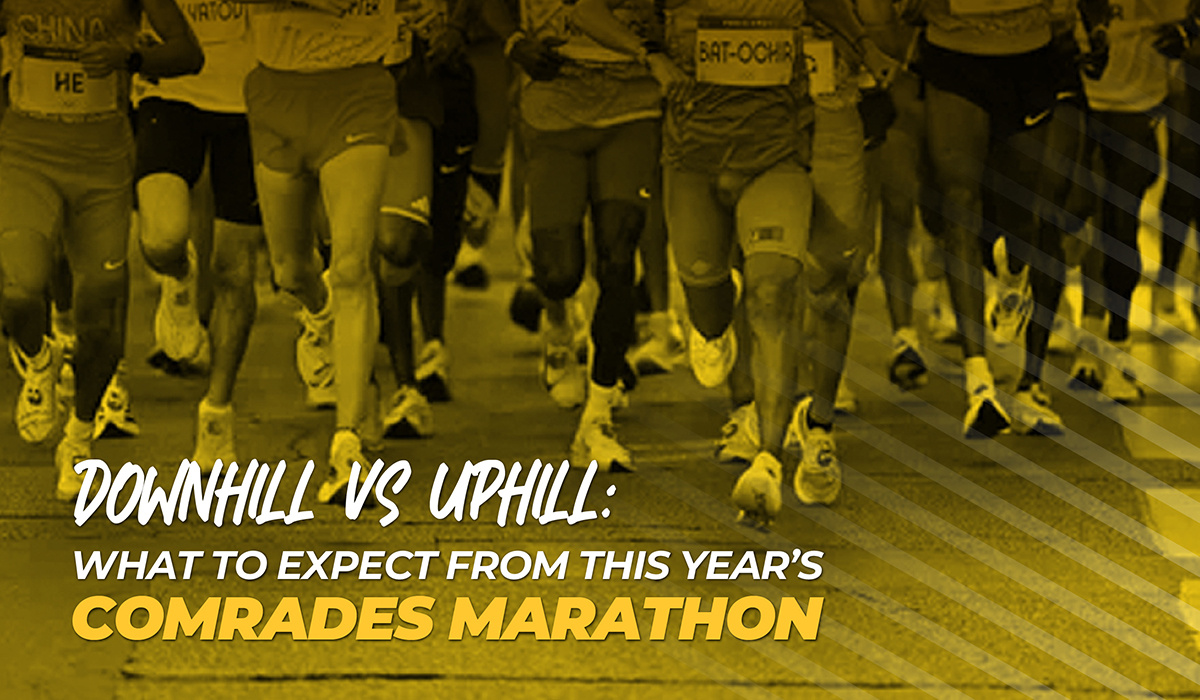
A Breakdown of the Comrades Down Run vs Up Run and How to Tackle the 2025 Route
The 2025 Comrades Marathon is a down run. That means it starts in Pietermaritzburg and finishes 90km later down in Durban along a route with a net descent of about 650 meters. But don’t be fooled, the down run is no easy cruise.
While the race is run on the same stretch of road between these two cities, the Comrades down run has a vastly different profile to the up run, requiring a different approach and pacing strategy.
Longer route
The down run is typically longer than the up run, covering roughly 90km compared to the 87km in the opposite direction.
The route takes runners through the rolling hills of KwaZulu-Natal, offering a beautiful but brutal tour of the province’s terrain.
The 2025 race will also be slightly longer than the 87.701km of the previous down run in 2023, as the finish has been moved from the Hollywoodbets Kingsmead Cricket Stadium to a new street finish outside People’s Park, in the northbound lanes of Masabalala Yengwa Avenue.
The big five hills
The route from the start leaves the city of Pietermaritzburg via Chief Albert Luthuli Street.
The climbing starts early after descending the first of the five major recognised climbs – Polly Shortts. On the down run, runners tackle this notorious hill right at the start — while your legs are still fresh – not at the end, like on the up run. It is short but steep. That’s why it is important to take it easy and conserve energy.
The climbing continues for another 20km as runners wind their way up to Umlaas Road, which is the highest point of the course. Yes, you’re still climbing early on, so don’t go out too fast.
The stretch from Camperdown to Cato Ridge through Harrison Flats includes lots of undulating sections, which can sap energy before the major climb ahead – Inchanga. While there is not too much elevation change, this section is mentally taxing and can be deceptively tiring.
Inchanga is the next of the five “Big Five” hills that runners encounter during the Comrades Marathon down run, and it is the first really big climb of the day at around 40km.
This is a spectacular section of the route as the climb gives runners a view of the Valley of 1000 Hills. Take a moment to take in the view, but don’t linger. More climbing awaits!
The second half
About 45km into the race, runners arrive at Drummond to a wall of noise from supporters who line the road. It is an opportune time to soak up the atmosphere and gain some extra motivation because more climbing lies ahead.
Botha’s Hill is the next of the Big Five hills. While less of a challenge on the down run, the climb can sap energy without conservative pacing.
And just when you thought you could take a break, there is a nasty surprise heading into Hillcrest. While not recognised as a Big Five climb, a sharp slope awaits just before runners hit the 60km mark – experienced Comrades runners call it heartbreak hill, and for good reason.
Once you’ve passed the 60km mark, the down run really starts. A long, steep and winding stretch starting from Winston Park and ending at the bottom of the legendary Fields Hill (number 4 of the Big Five) is hard on the legs.
Runners need to pace this section smartly or they’ll pay later, but it is definitely better to head down Fields – it’s one of the toughest challenges on the up run.
After nearly 20km of downhill running, the road flattens out into Pinetown. It’s not quite smooth sailing into the finish, though – another three challenges lie ahead, starting with hill 5 of the Big Five, Cowie’s Hill.
Roughly 70km into the race, this is a serious test for your mind and body, but once you’re over it, things get relatively easier. There are two small climbs left to keep runners honest and test your mettle – 45th Cutting and Toll Gate.
The 45th Cutting is a challenging ascent named after the British 45th Regiment. Tollgate is the last demanding climb that runners face. These short hills are known for their steep inclines and contribute to the overall difficulty of the race as they come in the last 10km.
Conquering the down
While the down run may seem easier on paper, the extra distance and long descents pose significant physical and mental challenges on the day, making it a different type of tough.
From a mental perspective, it can help to break the challenge down into thirds:
- First third: Don’t chase a fast start and get into a rhythm.
- Middle third: Maintain and manage effort.
- Final third: Hang tough and grind it out.
The other critical element to get right is your fuelling. Make sure you eat a tested and trusted pre-run breakfast before your race, despite the early start, as you don’t want to start the race on an empty stomach and in a depleted state.
Taking a bottle filled with Biogen Carbogen is a great way to keep your energy levels topped up as you wait for the start.
The mantra on race day should be fuel early and often – don’t wait until you’re hungry or thirsty to eat and drink. Setting an alarm on your watch at 20 to 30-minute intervals reminds you to take something in, even if you don’t feel a dip in energy levels.
Stick to your schedule, following the plan you practised in training. Don’t overdo it as this can lead to stomach and digestive issues while out on the course.
Supplement specifics
In general, runners should aim for 60-90g of carbs per hour. Athletes who run at a lower average pace and relative effort can shoot for the lower end of the range while more serious runners should aim to the higher end. Elite athletes train their bodies to tolerate more than 100g per hour.
Some athletes prefer solids while others prefer liquids. A combination often works best.
A mix of whole foods and supplements is the ideal approach, especially for runners who intend to be out on the course for 9 hours or more.
Different tastes and textures break up the monotony of eating and drinking every 20-30 minutes. Biogen Energy Chews are the perfect way to break up solid and liquid feeds with amazing tastes and a different texture – with added electrolytes to support hydration.
When deciding what and when to eat, think about how easy it will be to chew and swallow your chosen fuel source, especially as the race distance increases.
In the early stages of a race, runners can still generally tolerate solid foods – Biogen Energy Oats or Biogen Energy Nougat Bars are ideal – as there is still sufficient blood in the gut to support digestion.
In the later stages, blood can start to pool in your legs and rising fatigue levels can make it harder to chew and swallow, or even keep solid food down. This is when a carb-based energy drink like Biogen Cytogen Racing Mix and gels, like Biogen Liquid Energy or Biogen Real Fruit Energy Gels, might offer better options.
A product that combines carbs for energy and electrolytes to support hydration, like Biogen Pure Energy Sports Electrolyte Drink, is an intelligent choice to avoid drinking too much.
Support your recovery
Proper nutrition is vital to support the recovery process in the hours and days after the race.
Getting additional protein is important to support muscle repair and recovery, along with natural fats to support hormone production.
You can get a blend of protein and carbs from Biogen Recovergen, a product specifically formulated to support recovery after endurance events like Comrades.


